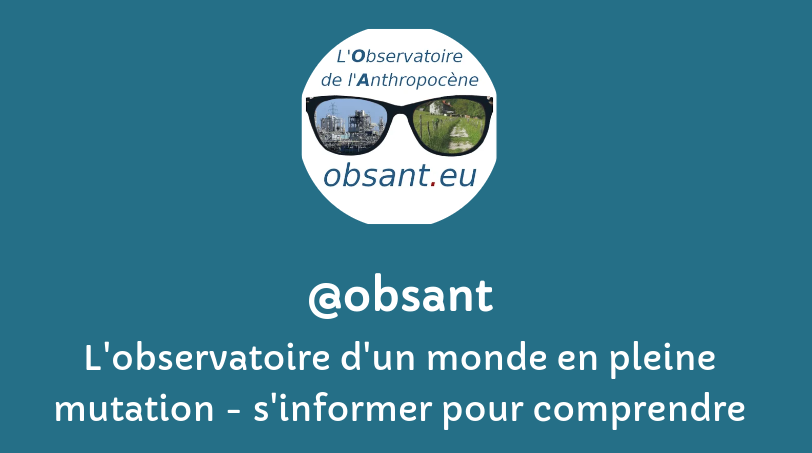« La production effrénée de plastiques engendre une pollution aux impacts croissants, qui entraînera des coûts considérables à mesure que les crises qu’elle suscite se multiplieront. En ce qui concerne la crise climatique, l’industrie plastique est responsable de 5,3 % des émissions mondiales de gaz à effet de serre (chiffres de 2019). Si rien ne change, ces émissions pourraient doubler, voire tripler d’ici 2050. »
Source : The Conversation
filtre:
Tom Perkins
2025
Microplastics have been found for the first time in human ovary follicular fluid, raising a new round of questions about the ubiquitous and toxic substances’ potential impact on women’s fertility. The new peer-reviewed research published in Ecotoxicology and Environmental Safety checked for microplastics in the follicular fluid of 18 women undergoing assisted reproductive treatment at a fertility clinic in Salerno, Italy, and detected them in 14.
2023
Recycled and reused food contact plastics are “vectors for spreading chemicals of concern” because they accumulate and release hundreds of dangerous toxins like styrene, benzene, bisphenol, heavy metals, formaldehyde and phthalates, new research finds.
Chemicals yield profit of about $4bn a year for the world’s biggest PFAS manufacturers, Sweden-based NGO found
Research finds waste flushed down toilets and sent to sewage plants probably responsible for significant source of water pollution
2022
PFAS-tainted sewage sludge is used as fertilizer in fields and report finds that about 20m acres of cropland could be contaminated
2021
The Stockholm University study highlights the chemicals’ mobility, which has been found in penguin eggs and polar bears
Many of the world’s plastic containers and bottles are contaminated with toxic PFAS, and new data suggests that it’s probably leaching into food, drinks, personal care products, pharmaceuticals, cleaning products and other items at potentially high levels.
![]()


